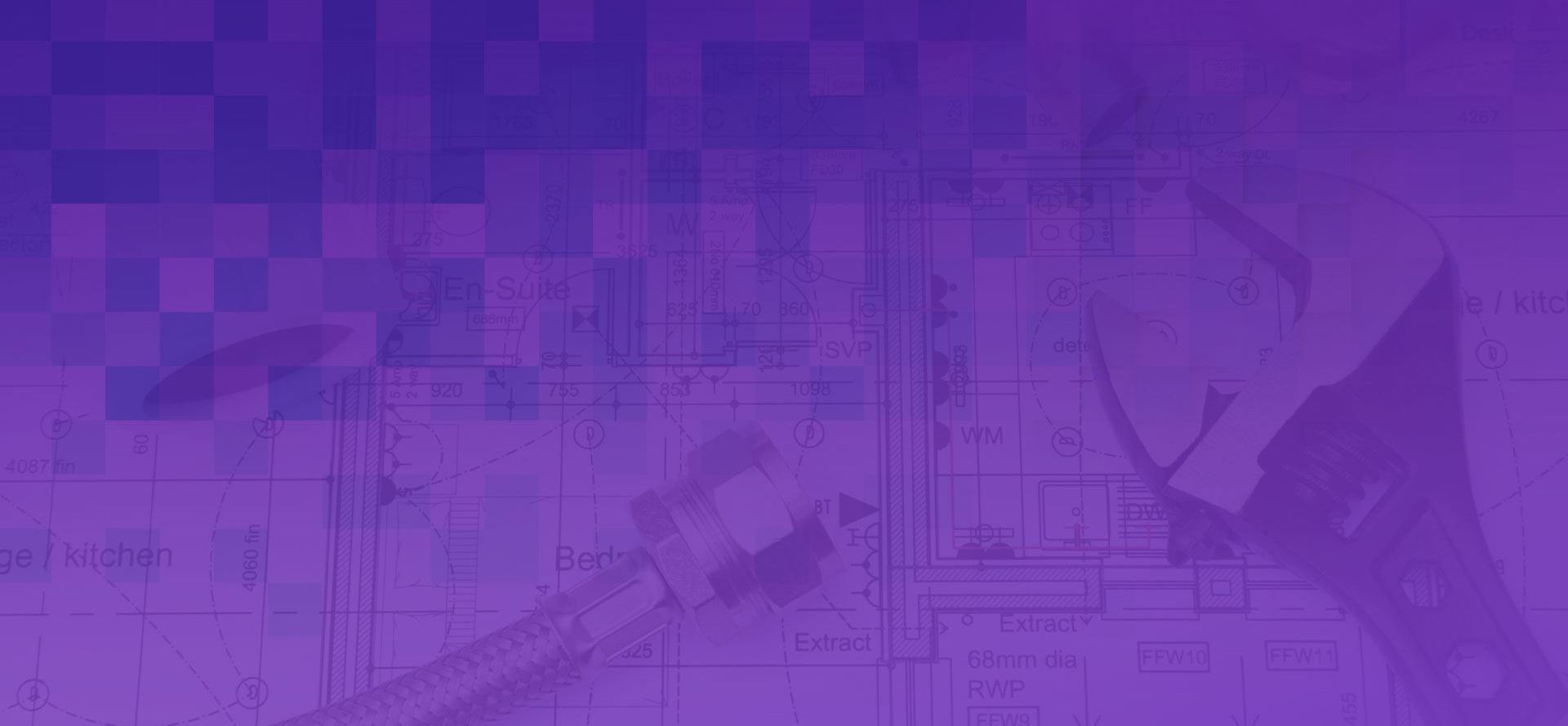The average household today hides many things in its walls, under its floors, and even in its ceilings. Plumbing, for example, is a complex layout of pipes, heaters, pumps, and filters.
These are designed to bring in water so easily that a turn of a tap does the trick. For homeowners, it’s not important to understand how indoor plumbing works, or even why it works.
These components are designed to work for years, often for the entire lifetime of the home. But the road to such easy convenience was a long one, and in the beginning, it wasn’t a matter of convenience at all, but of survival.
Water Nurtured Civilization
It was in the deserts of ancient Egypt that the first mass-scale efforts of plumbing were attempted. If the Egyptians wanted to live on more than just a thin strip of vegetation around the Nile, they needed to find a way to move all that water into the vast spaces of arid desert around them.
The invention of clay pipes was what first made this possible, although as the Egyptians flourished, they eventually switched over to much more durable metals like copper.
This drive to keep civilization growing led the Roman Empire to expand the scale of Egypt’s pipes and turn it into the vast aqueducts that Roman culture later became famous for.
These impressive structures spanned miles, carrying large amounts of water across huge distances, and in some cases, delivered that water into homes, for the first true example of indoor plumbing. The Romans even developed early versions of sewers, using elm logs they had hollowed to carry of human waste.
The French Take a Step Back
While ancient civilizations steadily advanced plumbing techniques, later cultures actually regressed. The most surprising example of this is 18th century France, and famous royalty like Marie Antoinette.
Despite being a “1%-er” of the era, living at the height of luxury, her extensive use of perfume was part fashionable, part survival; she needed to hide her own body odor as well as that of the rest of the court.
French palaces were built for looks, not functionality, and so, had no indoor plumbing. This meant that while drinking and cooking water in small amounts could be brought in, larger amounts for bathing were only worth the effort once a month.
More dangerously, however, there was no sewage management. So even French royalty had to deal with both liquid and solid human waste sitting in halls, on rugs, and even in royal chambers.
The Plumbing of Today
Modern plumbing has made a lot of leaps forward both in technology and accessibility. A modern bath or shower provides hot and cold running water, lasts for years, and lets people bathe anytime they like.
Toilets are connected to an extensive sewage network, safely and efficiently removing waste without any effort on the part of homeowners. And homes of today now enjoy more technical support than ever.
Even if a problem comes up that requires a response, companies like Knight Plumbing provide service to any home or business in the Milwaukee, WI area that needs it.
